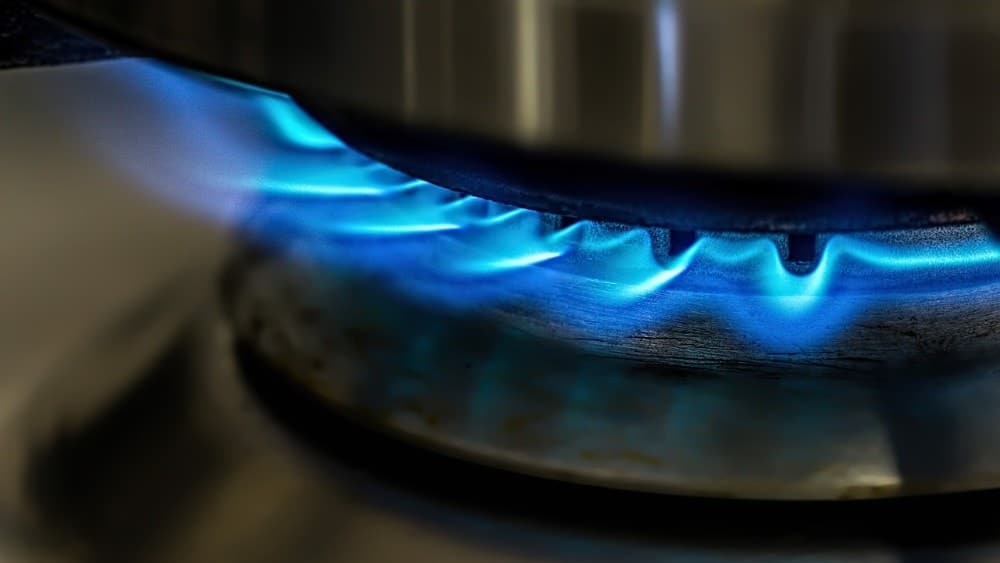Homebrewing can be an exciting journey filled with creativity and discovery. But let’s be honest—it’s not always smooth sailing. I’ve been there, making my fair share of mistakes along the way. Whether you’re a seasoned brewer or just starting out, knowing what pitfalls to avoid can make all the difference in crafting that perfect brew.
Common Homebrewing Mistakes
I’ve encountered many challenges on my brewing journey, and avoiding common mistakes can make a significant difference in your final product.
Inadequate Sanitation
Sanitation stands as the cornerstone of successful brewing. Any viable beer can turn into a sour disappointment if equipment isn’t cleaned properly. I always sanitize all tools, including fermenters and bottles, using a reliable sanitizer. Clean surfaces before touching anything. Skipping this step can lead to off-flavors or contamination. Use a no-rinse sanitizer for ease and effectiveness.
Poor Ingredient Selection
Choosing quality ingredients impacts the final taste of your brew. I never compromise on ingredients like malt, hops, and yeast. Opt for fresh supplies and avoid expired products. Experiment with different strains of yeast to elevate your flavors. Always source high-quality water, as it plays a crucial role in the brewing process. Understanding each ingredient’s characteristics helps craft well-rounded beers.

Equipment Errors
Understanding equipment errors is essential for improving homebrewing outcomes. Using the right tools can turn an average brew into a stellar one.
Using Improper Equipment
Using improper equipment can lead to major problems in the brewing process. Investing in the correct brewing equipment, such as fermenters, brew kettles, and bottling gear, plays a crucial role in creating high-quality beverages. If I use plastic instead of glass for fermentation, for example, I risk off-flavors and contamination. Additionally, using a kettle that’s too small might lead to boil-overs and inefficient brewing. Always aim for equipment designed specifically for brewing to ensure optimal results.
Failing to Monitor Temperatures
Failing to monitor temperatures can ruin your brew without you even realizing it. Temperature control affects fermentation and flavor development significantly. If I allow the fermentation temperature to rise too high, I risk creating undesirable esters and phenols. Using a thermometer to keep track of mash temperatures is equally as important. If my mash temperature is too low, I might end up with a thin-bodied beer. Keeping tabs on both mash and fermentation temperatures ensures a well-balanced and flavorful brew.
Brewing Process Pitfalls
In my brewing journey, I’ve encountered several pitfalls that can derail a great batch. Awareness of these issues leads to more successful brews.
Skipping the Boil
Skipping the boil can drastically affect your beer’s final product. The boiling process is essential for sterilizing your wort, ensuring that unwanted microorganisms don’t spoil your brew. Boiling also extracts flavors from hops, contributing bitterness and aroma. Not boiling can result in a brew that tastes flat or unbalanced. Always ensure you maintain a vigorous boil for at least 60 minutes; this step is non-negotiable for an outstanding flavor profile.
Not Taking Gravity Readings
Not taking gravity readings can hinder your brewing success. Gravity readings allow you to track the fermentation process accurately. They help you determine alcohol content and ensure your yeast is functioning properly. Skipping this step might lead to unintended results, such as under- or over-carbonated beer. I highly recommend using a hydrometer or refractometer at the start and end of fermentation. This habit ensures you fully understand how your beer evolves during the brewing process and leads to more consistent results.
Lack of Patience
Patience plays a crucial role in homebrewing. Rushing any part of the brewing process can lead to disappointing results and wasted time.
Rushing Fermentation
Rushing fermentation compromises flavor development and overall quality. During fermentation, yeast transforms sugars into alcohol and carbon dioxide, taking time to work through its various phases. I recommend allowing fermentation to complete fully—typically 1 to 2 weeks for ales and up to several weeks for lagers. Checking specific gravity regularly helps track progress. If fermentation shows no signs of change over a couple of days, it’s safe to proceed to the next step. Resist the temptation to bottle too soon; the beer may not be finished.
Bottling Too Early
Bottling too early leads to under-carbonated, flat beer. This mistake not only reduces the drinking experience but can also result in bottle bombs due to excess pressure build-up. I advise waiting until fermentation is complete, which means consistent gravity readings over 2–3 days. Once fermentation is done, leave some additional time for the flavors to mature in the fermenter before bottling. Properly timing this step ensures optimal carbonation and enhances the final taste of your brew, making it well worth the wait.
Conclusion
Homebrewing is such an exciting adventure filled with creativity and discovery. I’ve learned that avoiding common mistakes can make all the difference in the final product. By focusing on sanitation quality ingredients and the right equipment I’ve managed to elevate my brews significantly.
Patience is key too—allowing fermentation to do its thing really pays off in flavor. I can’t stress enough how rewarding it is to enjoy a well-crafted beer that’s a result of careful attention to detail. So go ahead and brew with confidence knowing that every mistake is just a stepping stone to becoming a better homebrewer. Cheers to your brewing journey!




